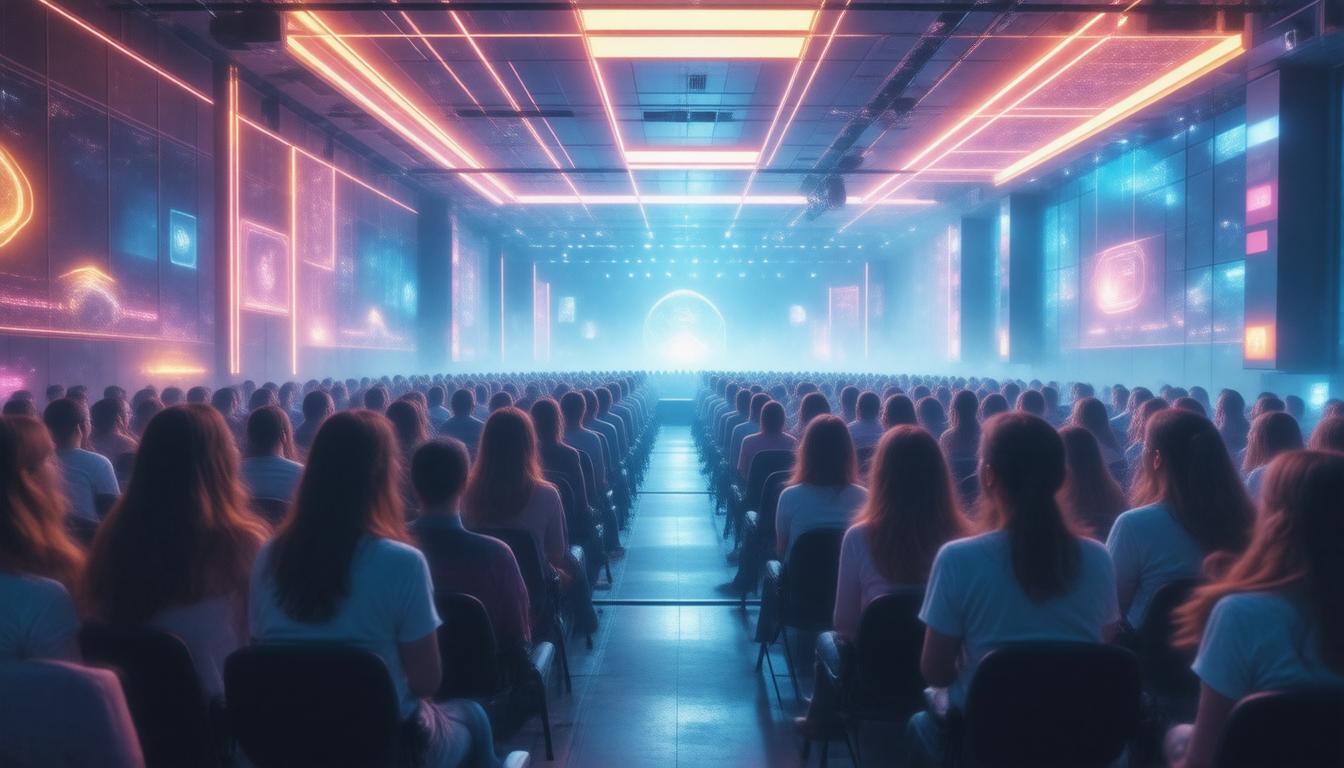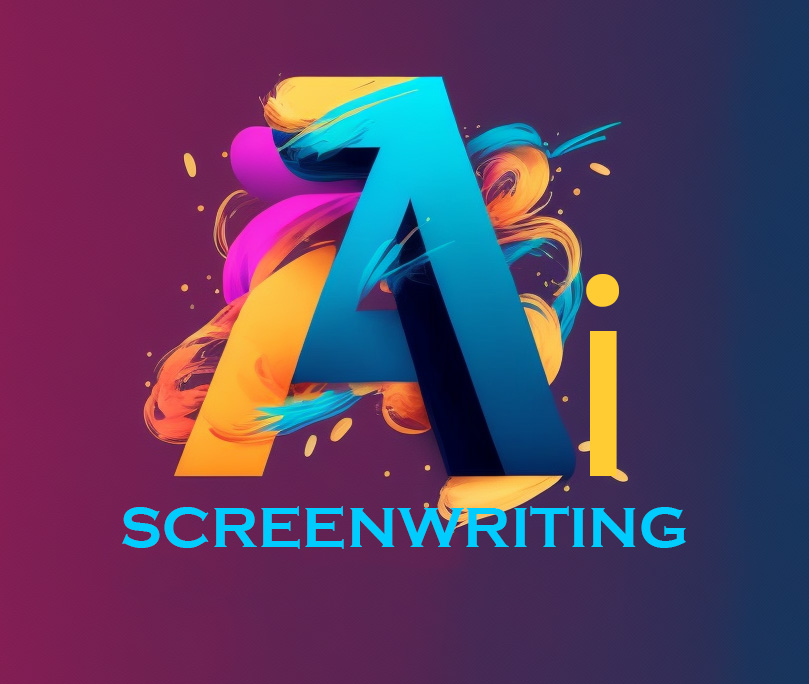
Lights!
Camera!
Vibration?
Welcome to the delightful world of haptic feedback in virtual films, where your couch suddenly feels like the set of a thrilling action flick!
Let’s dive into this revolutionary experience that’s not just changing how we view cinema, but how we *feel* it.
Picture this: you’re on the edge of your seat watching a climactic chase scene, and suddenly, your chair rumbles as the hero skids around a corner!
That’s haptic feedback—turning lazy Sundays into sensational stunts!
In this article, we’ll explore how this mind-boggling technology hooks filmmakers and screenwriters alike, propelling audiences into an exhilarating, multi-sensory narrative immersion.
Buckle up, grab your popcorn, and let’s uncover the wonders of haptic feedback in virtual films!
The BEST AI Screenwriting Tool On The Market!
Key Takeaways
- Haptic feedback significantly enhances audience immersion in virtual films.
- The technology of haptic devices adds a tactile dimension to storytelling.
- Successful case studies demonstrate the effectiveness of haptic feedback integration.
- Audience reception indicates increased emotional engagement with haptic experiences.
- Future advancements in haptic technology promise even more revolutionary film experiences.
Introduction to Haptic Feedback and Virtual Films
Picture this: You’ve settled into your plush couch, popcorn in hand, and the screen lights up.
But wait!
This isn’t your regular movie night; you’re not just watching a film—you’re experiencing it, thanks to the miraculous magic of haptic feedback in virtual films.
Now, before you roll your eyes thinking this is just another gizmo catering to tech-obsessed movie buffs, let’s dive into the delightful realm of virtual cinematics where your senses are engaged beyond mere sight and sound!
Haptic feedback translates on-screen action into physical sensations—think vibrations, motions, and even temperature changes that sync with what you’re watching.
Imagine a rom-com where you feel the flutter of that first kiss or a heart-pounding thriller where the suspense literally sends shivers down your spine!
As screenwriters and filmmakers, harnessing the power of haptic feedback in virtual films means crafting narratives that don’t just tell a story but involve viewers in an unprecedented way, potentially flipping the script on how we perceive cinema.
So tighten that seatbelt, because the world of storytelling is about to get a whole lot more interactive!
How Haptic Feedback Enhances Narrative Immersion
Let’s face it, dear screenwriters and filmmakers; sometimes, just watching a film is like eating a bowl of plain oatmeal: it’s wholesome, but you crave a little pizzazz!
Enter haptic feedback in virtual films—the cherry on top (or should I say a sprinkle of spicy nacho cheese?) that turns a somewhat bland viewing experience into a sensory fiesta!
Imagine being whisked away on a rollercoaster ride of emotions, where you not only watch the heart-pounding chase but feel the vibrations of screeching tires and the pounding of a protagonist’s heart, almost as if you’re navigating your own action-packed daydream.
From the goosebumps of suspense to the butterflies of romance, haptic feedback dances with your senses, making you not just a passive viewer but an active participant in the story.
It’s like having a front-row seat to an all-you-can-eat buffet of emotions, where every pulse and thrum beckons you to dive deeper into the storyline.
So, fellow creatives, are you ready to amplify your narratives?
Let haptic feedback in virtual films be your secret ingredient to whisk your audience away into an abyss of visceral immersion!
‘The future belongs to those who believe in the beauty of their dreams.’ – Eleanor Roosevelt
The Technology Behind Haptic Feedback Devices
Ah, haptic feedback in virtual films – the unsung hero of immersion!
It’s like the cinematic equivalent of receiving a warm hug from your favorite character while binging your latest binge-worthy series.
Picture this: you’re watching a gripping scene where our hero narrowly escapes a collapsing building.
Suddenly, your controller vibrates in sync with the explosions onscreen, giving you a jolt that makes you feel like a stunt double, all while you’re safely cushioned by your couch (and maybe some popcorn).
This technological wizardry stems from haptic feedback devices, which use vibrations, motions, and even forces to delight our senses, allowing screenwriters and filmmakers to craft experiences that tickle not only our eyes and ears but also our fingertips!
As filmmakers dive deeper into the tantalizing world of virtual reality, haptic feedback becomes the secret sauce that elevates storytelling into a multi-dimensional feast.
So, if you’re a screenwriter looking to sprinkle some dazzling innovation into your next script, consider how haptic feedback in virtual films can transform a simple scene into an interactive adventure that resonates with audiences on a whole new level.
The BEST AI Screenwriting Tool On The Market!
Case Studies: Successful Integration in Virtual Films
Lights, camera, action!
But wait, are you feeling something?
No, it’s not the electric thrill of the plot twist or the budding romance stealing glances across the screen.
It’s the innovative haptic feedback in virtual films that’s raising the cinematic experience to a whole new level!
Imagine being fully immersed in a scene where every explosion sends a pulse through your body, or a gentle breeze in a whimsical forest scene softly teases your skin – that’s not magic, my friend, that’s haptic feedback at work!
In recent years, several films have embraced this technology, turning passive viewers into engaged participants.
Take “The Void,” a horror film that utilized haptic feedback to send chills down the spines of its audience; each jump scare was accompanied by a well-timed vibration, creating a symphony of sensory delight.
Then there’s “Into the Abyss,” where viewers felt the rush of the ocean currents during underwater sequences, thanks to the finely-tuned vibrations synced with the thrilling visuals.
By integrating haptic feedback into storytelling, filmmakers are not just telling stories; they’re inviting audiences to *feel* them in visceral new ways!
So, whether you’re a screenwriter brainstorming your next project or a filmmaker looking to push the envelope, consider how haptic feedback in virtual films can add that extra kick of zap, crackle, and pop to your narrative, making your audience not just spectators, but participants in a thrilling, immersive adventure.
Audience Reception and Psychological Effects
Have you ever wished your movie-watching experience was a little more, well, immersive?
Enter the realm of haptic feedback in virtual films.
No longer are we confined to just popcorn and 3D glasses; now, your seat can vibrate, pulse, and shake like a club on Saturday night!
Imagine feeling the rumble of an explosion in your chest or that spine-tingling moment when the ghost creeps up behind the unsuspecting protagonist.
Studies have shown that this innovative technology not only captivates viewers but also enhances the psychological effects of the film.
Audiences find themselves more emotionally engaged and responsive, bumping the adrenaline levels higher than a rollercoaster ride.
So, dear screenwriters and filmmakers, harnessing haptic feedback in virtual films might just be the secret sauce to transforming your scripts into experiences.
After all, who wouldn’t want to not just watch, but actually *feel* their audience’s heartbeat echo through the screening room?








